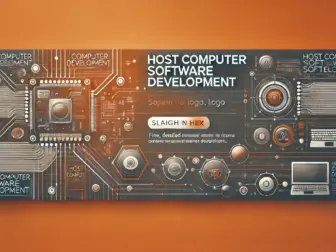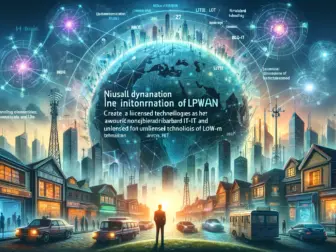Tag - IoT connectivity
Exploring the realm of IoT connectivity, where diverse devices communicate, driving innovation and efficiency.
Exploring the realm of IoT connectivity, where diverse devices communicate, driving innovation and efficiency.
The Internet of Things (IoT) is a rapidly expanding network of interconnected devices that can collect and exchange data. IoT connectivity is the cornerstone of this ecosystem, enabling devices such as sensors, vehicles, home appliances, and industrial machinery to communicate with each other and with centralized systems over the internet. This interconnectedness allows for the seamless sharing of information, paving the way for smarter decision-making, improved efficiency, and innovative services.
IoT devices require a robust and reliable connection to transmit data. There are several connectivity options available, each tailored to specific requirements, including range, bandwidth, power consumption, and security. Some of the most common IoT connectivity solutions include cellular networks, Wi-Fi, Bluetooth, Zigbee, LoRaWAN, and NB-IoT.
Cellular networks, especially with the advent of 5G, offer high-speed data transfer and extensive coverage, making them suitable for mobile devices and applications that require real-time data exchange. Wi-Fi is ubiquitous in residential and commercial environments, providing a cost-effective and high-bandwidth connection for devices such as smart home gadgets and security cameras.
For short-range communication, Bluetooth is the go-to choice, particularly in wearables and medical devices where low power consumption is crucial. Zigbee, another low-power wireless technology, excels in creating mesh networks for home automation and industrial control systems.
Emerging technologies like LoRaWAN (Long Range Wide Area Network) and NB-IoT (Narrowband IoT) are designed for long-range communication with minimal power usage, ideal for remote sensors and agricultural monitoring devices that need to send small amounts of data over vast distances.
The choice of connectivity impacts the design and function of IoT devices. Factors like battery life, data throughput, and operational range are all influenced by the selected communication protocol. Additionally, security is a significant concern in IoT connectivity. As devices often handle sensitive data, robust encryption and secure authentication methods are necessary to prevent unauthorized access and data breaches.
The integration of IoT connectivity into everyday life and industry has numerous benefits. In smart homes, it enhances convenience and energy efficiency, allowing homeowners to control lighting, heating, and appliances remotely. In health care, IoT connectivity facilitates patient monitoring and personalized treatment. In agriculture, it enables precision farming techniques that optimize resource use and increase crop yields.
For industries, IoT connectivity is the backbone of Industry 4.0, supporting advanced manufacturing concepts like predictive maintenance and supply chain optimization. By leveraging real-time data from sensors and machinery, businesses can minimize downtime, reduce costs, and adapt more swiftly to market changes.
Interoperability is another area where IoT connectivity plays a pivotal role. With an increasing number of manufacturers and standards, ensuring that devices can work together seamlessly is a constant challenge. This is being addressed through the development of universal protocols and the adoption of open standards which allow for cross-platform compatibility.
In conclusion, IoT connectivity is revolutionizing the way we interact with the world around us. By enabling devices to communicate and share data, it lays the foundation for a more connected and intelligent environment. As technologies evolve, IoT connectivity will continue to break new ground, driving innovation and creating opportunities across a wide array of sectors.

